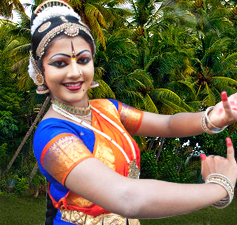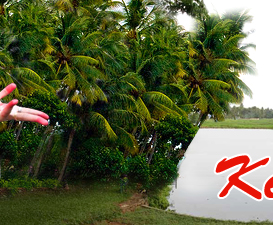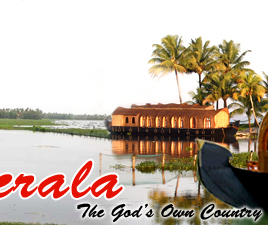The Indo Portuguese Museum situated at Fort Kochi (Cochin), in Kerala, is one of the few theological museums present in India.
Kerala Tourism : Museums of Kerala : Indo Portuguese Museum
Indo Portuguese Museum
Fast Facts:
| Location | Fort Kochi, Kochi, Kerala |
| Nearby Attractions | Bishops House, Chinese Fishing Net, Cochin Club, Bastion Bungalow |
| Best time to visit | August to March |
| Nearest Airport/Railway Station | Cochin International Airport / Ernakulam Junction |
The Indo-Portuguese Museum, which is situated at Fort Kochi in Cochin, is one of the important museums of Kerala. The museum is an example of the Portuguese influence in both the art and the architecture of Kerala in general and Cochin in particular. The Indo-Portuguese Museum tells the story of the era when Portuguese used to have a strong influence in this area, at all levels. Be it art or the architecture of the region, this is the primary reason behind the variety in the designs of the buildings and monuments.
The Indo-Portuguese Museum is the hub to learn about the Indo-Portuguese Artistic and cultural legacy, which seems prominent as the culture and traditions of Cochin are endeavoring as always and have survived the test of time till today. The museum is the fructification of the efforts of the late Dr. Joseph Kureethra, who was the former Bishop of Kochi district. The other objective of constructing this monument was to accurately bear on the inheritance of his times, so that the upcoming generations could learn something from their experiences. According to critics, another reason for the Bishop to establish the Indo-Portuguese Museum was to protect his own archdiocese from jeopardy. The second reason was to protect the most important and invaluable collections for posterity. The Indo Portuguese Museum holds an important place in the history of Kochi. It is very popular, because it was the first museum in Kerala that especially stored artifacts and scriptures of theological importance.
Indo-Portuguese Museum is divided into five main sections. Each division has been made on the basis of the nature of items displayed. These divisions are made on the basis of routine life namely Altar, Treasure, Procession, Civil Life and Cathedral. All the antiquities which are exhibited here depict the similarity in the Indian and the culture of the Portuguese. The Indo-Portuguese Museum also showcases some exceptionally exotic collections, which are known for their artistic and architectural value. These bear the mark of strong Portuguese influence. The collection includes a chasuble (19th century) from Bishop's House, a piece of the altar made in teak wood (16th century) from the Church of Our Lady of Hope, Indo-Portuguese Monstrance (18-19th century), Processional cross, which is a combination of silver and wood (17th century), from Church of Our Lady of Hope, Vypeen from Santa Cruz Cathedral, Fort Kochi.
The Indo-Portuguese Museum is the hub to learn about the Indo-Portuguese Artistic and cultural legacy, which seems prominent as the culture and traditions of Cochin are endeavoring as always and have survived the test of time till today. The museum is the fructification of the efforts of the late Dr. Joseph Kureethra, who was the former Bishop of Kochi district. The other objective of constructing this monument was to accurately bear on the inheritance of his times, so that the upcoming generations could learn something from their experiences. According to critics, another reason for the Bishop to establish the Indo-Portuguese Museum was to protect his own archdiocese from jeopardy. The second reason was to protect the most important and invaluable collections for posterity. The Indo Portuguese Museum holds an important place in the history of Kochi. It is very popular, because it was the first museum in Kerala that especially stored artifacts and scriptures of theological importance.
Indo-Portuguese Museum is divided into five main sections. Each division has been made on the basis of the nature of items displayed. These divisions are made on the basis of routine life namely Altar, Treasure, Procession, Civil Life and Cathedral. All the antiquities which are exhibited here depict the similarity in the Indian and the culture of the Portuguese. The Indo-Portuguese Museum also showcases some exceptionally exotic collections, which are known for their artistic and architectural value. These bear the mark of strong Portuguese influence. The collection includes a chasuble (19th century) from Bishop's House, a piece of the altar made in teak wood (16th century) from the Church of Our Lady of Hope, Indo-Portuguese Monstrance (18-19th century), Processional cross, which is a combination of silver and wood (17th century), from Church of Our Lady of Hope, Vypeen from Santa Cruz Cathedral, Fort Kochi.




